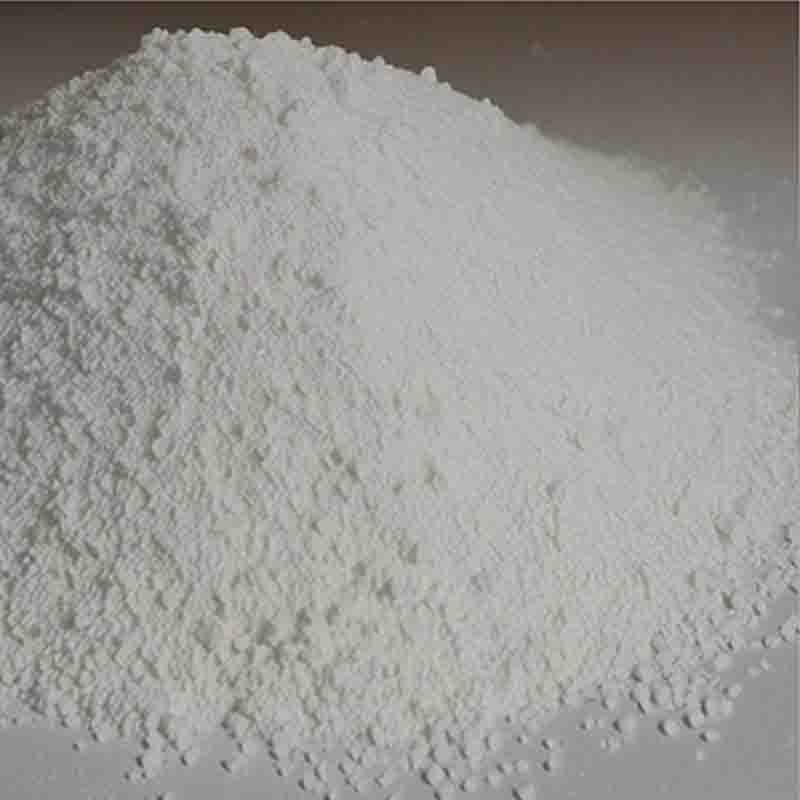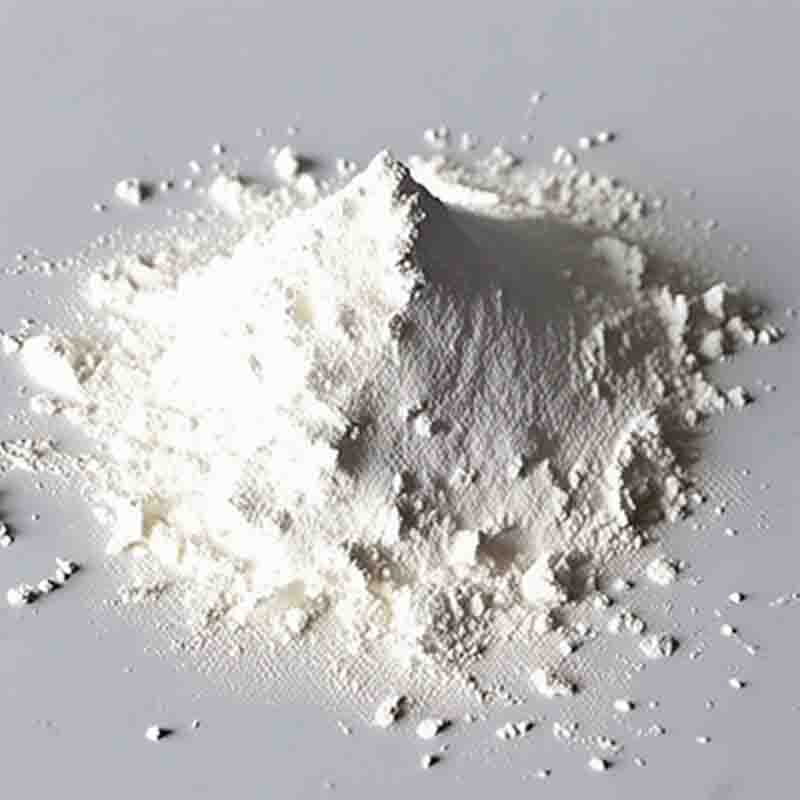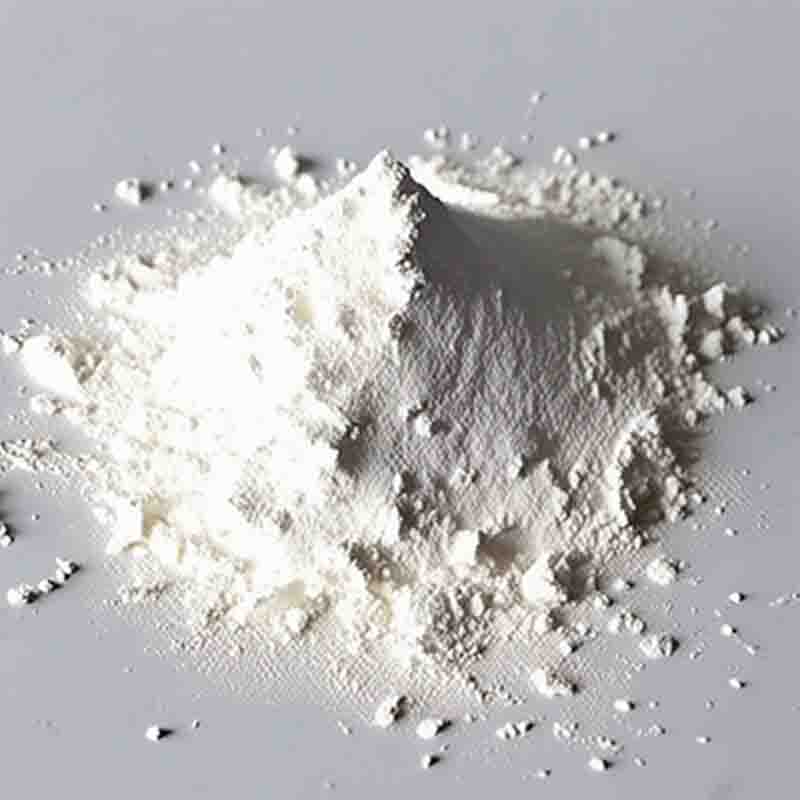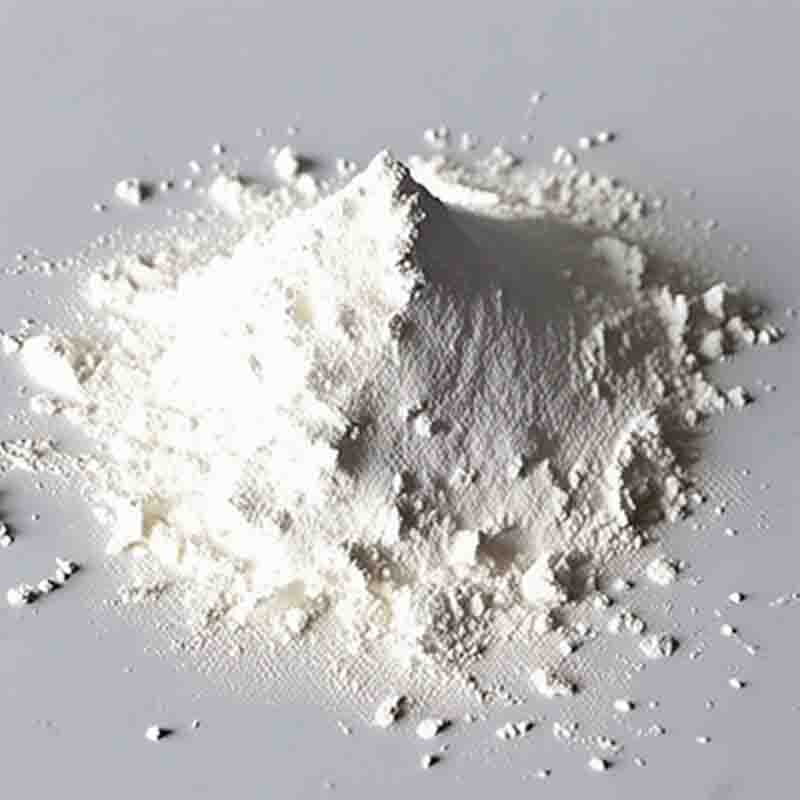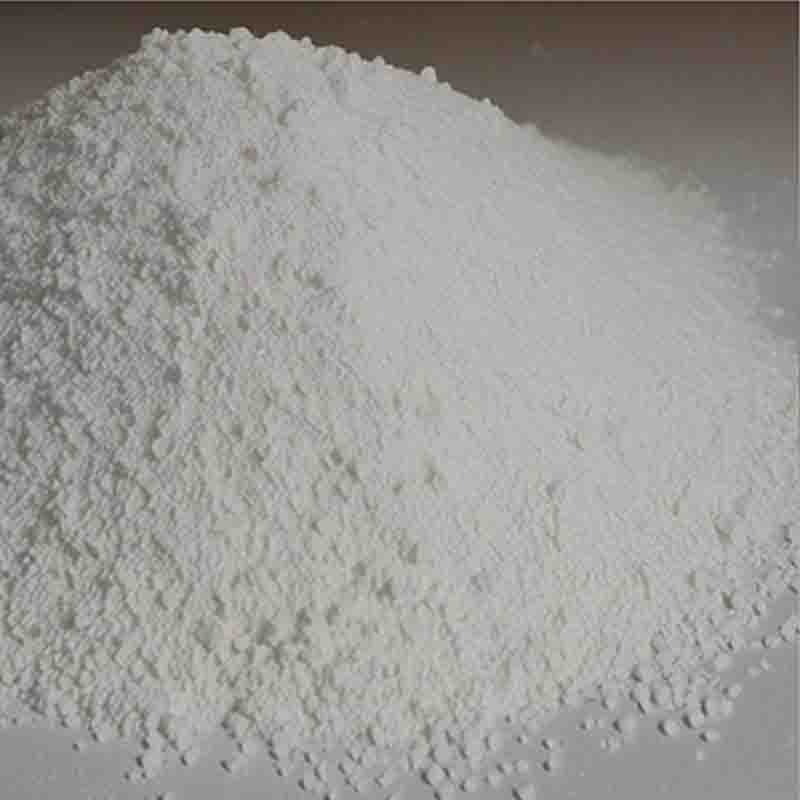Tetramethylammoniumchloride CAS:1112-67-0
| Catalog Number | XD95841 |
| Product Name | Tetramethylammoniumchloride |
| CAS | 1112-67-0 |
| Molecular Formula | C16H36ClN |
| Molecular Weight | 277.92 |
| Storage Details | Ambient |
Product Specification
| Appearance | White powder |
| Assay | 99% min |
Tetramethylammonium chloride (TMAC) is a quaternary ammonium salt with the chemical formula (CH3)4NCl. It is commonly used in various applications due to its unique properties and effects.TMAC is widely utilized as a phase-transfer catalyst in organic synthesis. It acts as a catalyst by facilitating the transfer of ions or molecules between immiscible phases, typically between an organic and aqueous phase. This allows for reactions to occur between reactants that would otherwise be incompatible or difficult to mix. By helping to dissolve reactants in different phases, TMAC enhances reaction rates and yields.Another effect of TMAC is its ability to act as a surfactant and a solubilizing agent. It can form micelles in solution, wherein the hydrophobic tails of TMAC molecules group together, forming a core, while the hydrophilic head groups interact with the surrounding solvent. This property makes TMAC useful in various applications, such as in the solubilization of hydrophobic substances, the enhancement of emulsion stability, and the formation of uniform nanoparticles.In addition, TMAC is used as an electrolyte in electrochemical systems and as an ionic liquid precursor. Its ionic nature allows for the conduction of electricity, making it suitable for use in fuel cells, batteries, and other electrochemical devices. TMAC can also serve as a precursor for the synthesis of ionic liquids, which are non-volatile and stable liquids with potential applications in various fields, including chemical processing, energy storage, and as solvents for catalysis.Furthermore, TMAC is utilized as a phase-transfer catalyst in organic reactions, particularly in organic base-promoted reactions. It can assist in the transfer of nucleophiles or bases from an aqueous phase to an organic phase, enabling reactions to proceed efficiently in organic solvents. This property is particularly advantageous when working with sensitive or reactive compounds that are incompatible with aqueous media.Overall, TMAC has a wide range of effects and applications in organic synthesis, phase-transfer catalysis, solubilization, electrochemical systems, and ionic liquids. Its versatility and ability to facilitate reactions and enhance solubility make it a valuable compound in various scientific and industrial fields.


